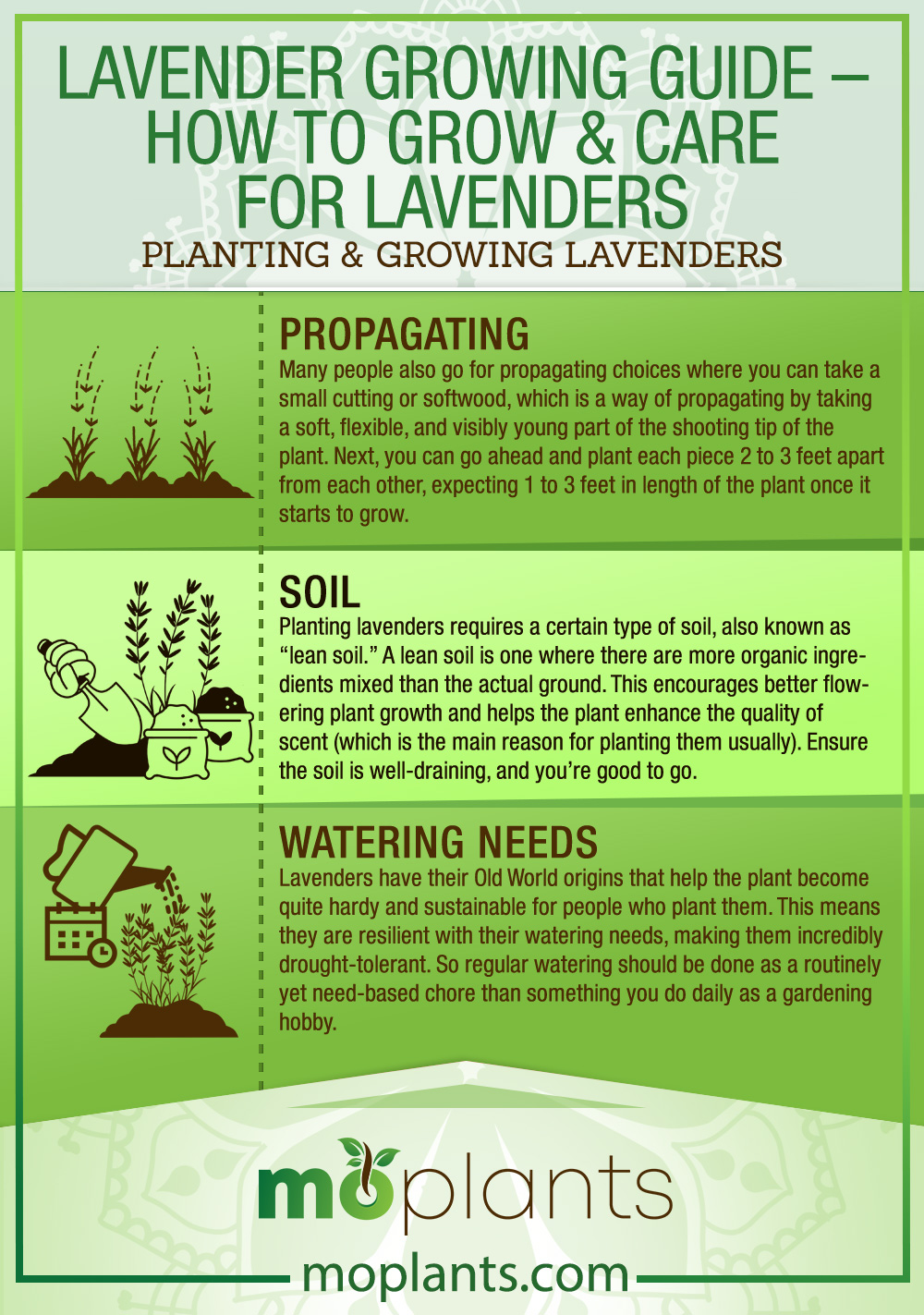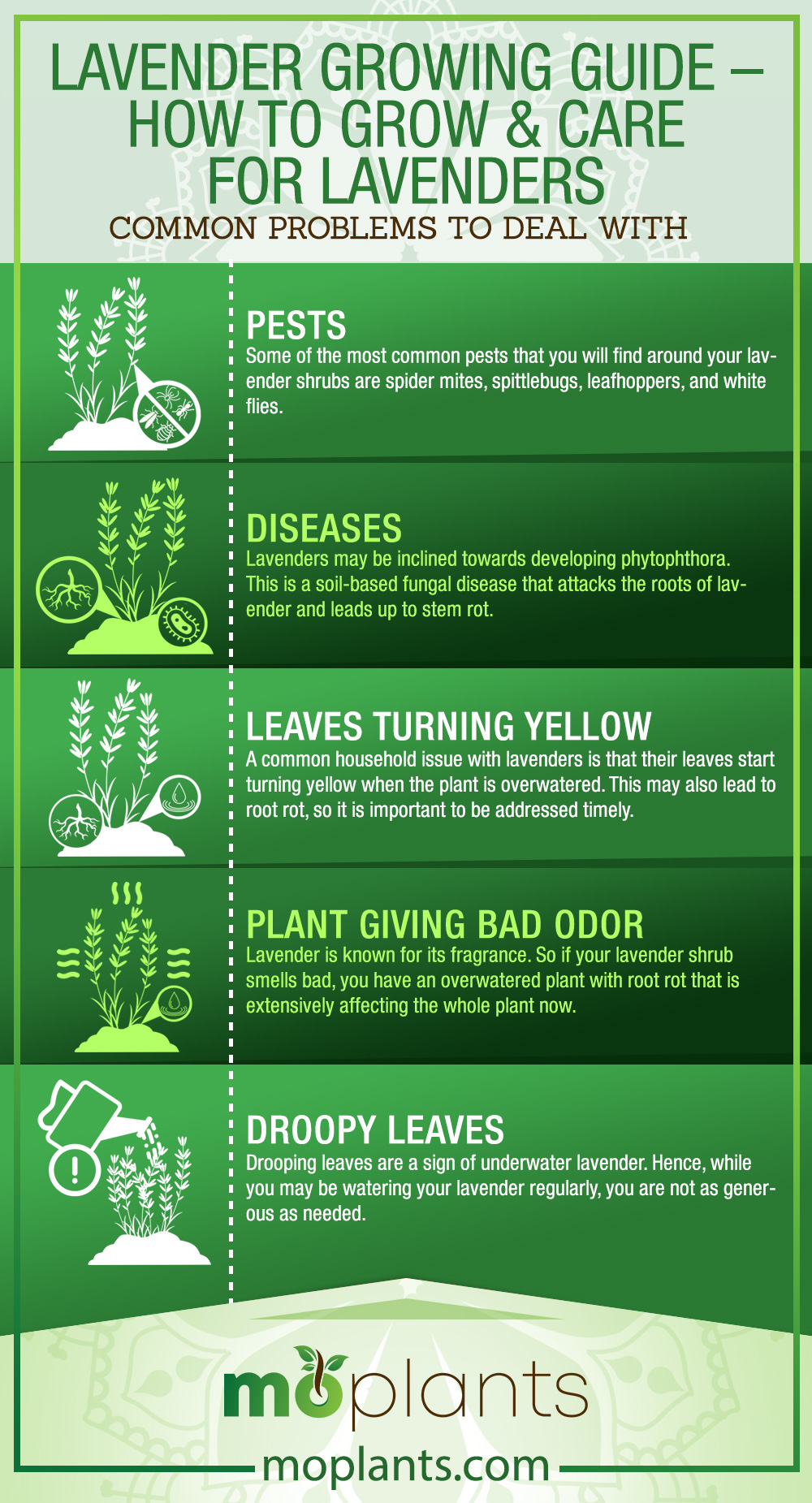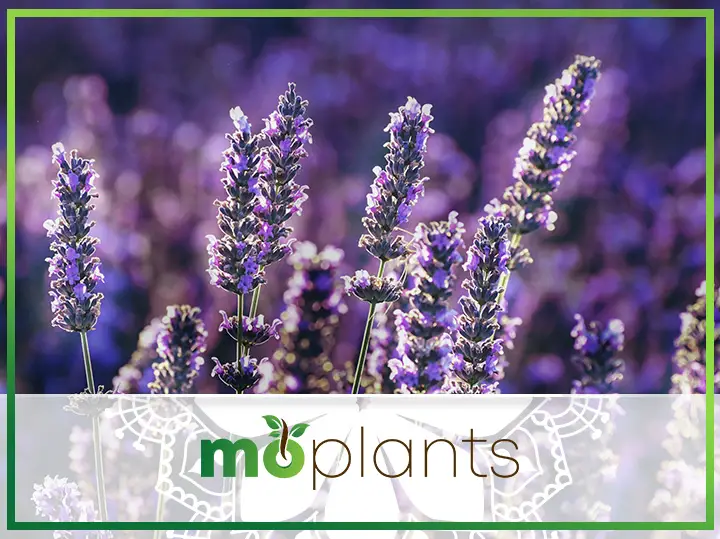Who doesn’t like flowers? You will be considered unique if you haven’t liked flowers or vocalized your negative feelings towards them. It is understandable if there is a certain type of flower that you don’t like. But to not like flowers, in general, doesn’t even sound right. It is almost an abomination of one of the most beautiful facets of nature.
However, if you love flowers, then apart from everyone’s favorite rose, you might have come across a wide variety of flowers with distinct looks and scents. So it makes sense for someone who is a gardening enthusiast who loves flowers and would want to add some to their garden. After all, it adds a fresh pop of color to an otherwise solid green.
So from a diverse range of the finest florets like daisies, tulips, roses, and lilacs – some of the most popular flowers to grow in a home garden, we have chosen today’s lavenders. If you have been looking for a colorful bloom to add to your home garden this season, lavender is the perfect choice with its flushed purple color and a scent to die for.
Lavender (Lavandula)
Lavandula, or as we all know it, lavender, is a flowering plant genus native to the Old World regions of Africa, Asia, and Europe. Found in excessive quantities and plush growths around Cape Verde and the Canary Islands, spreading all across the Mediterranean, lavender is cultivated extensively for its beauty, scent, and associated purposes.
That is why lavenders are majorly considered ornamental plants in addition to a culinary herb for specific cuisines. However, contrary to popular belief that lavenders can only grow in extensive quantity and in dedicated fields – lavenders are actually relatively easy to grow and care for in your home, too, given you know how to do so.
Choosing Your Lavender Type
Hence, first things first, if you have planned to plant and grow lavender in your home garden, it should start the right way: choose the type of lavender you will be growing. Few people are aware, but lavender is a genus of almost 50 known flowering plants of the mint family. Thus, it means that the lavender plant you plan on cultivating is probably one of its types.
Knowing and choosing the type of lavender you want to grow is vital because every type may have some general features and some specific growth, care, and maintenance aspects that you ought to know. Therefore, the three main types of lavenders that are most commonly grown at home by gardening and planting lovers like us are the following:
English Lavender
English Lavender is the most common and hardy plant actively sought for growing in the US. However, almost hundreds of different varieties of this lavender type exist in a variety of colors and sizes than just the standard purple blooms.
Lavandins
Lavandins are a combination of English and Portuguese Lavenders. It is a hybrid that was created to expand the size of a standard lavender and gain a plant that blooms just once a year. It is a vigorous, heat-tolerant type of lavender that makes it a good choice for homes.
Spanish Lavender
This type of lavender is grown in colder regions where places experience more frost than heat. Spanish lavenders are great at being hardy with the colder temperatures and will last you all season long to enjoy the beautiful scent in the morning snow.
When & Where to Plant Lavender
Now that you have decided which type of lavender you will be planting in your home garden, it comes down to understanding when and where you should plant it. In general, the months of April and May are considered suitable to plant lavenders because it is the time of the year when the soil is naturally warm.
Next, choosing where to plant your lavender is also up for consideration because while you can plant it directly in the ground, people also prefer containers. As lavender works well under lots of sunlight and requires a fast draining soil proposition, a damp or shady environment is not something you should consider to plant your lavender.
Weather & Climate Changes
It is important to understand that while a certain type of lavender is quite hardy in frosty weather, it is only after it has fully grown. This means that you should never plant lavenders in the winter season. Under the right climate, lavenders thrive as perennials for years to come. Their Mediterranean origin helps them survive with the sun, soil, and good watering.
It also shows that rainy and overly moist weather conditions are not good for your lavenders. So if your lavender is not thriving, it is surely because it has been over-watered. Additionally, overly harsh winters are not a good choice as all flowering plants are sensitive. So it is best to grow a type that has good air circulation and flourishes in a container.
Potting & Repotting
Choosing when and where to plant lavenders is a likely scenario when you need to repot your plant. Consider this: outdoor planting wasn’t practical for whatever reason, so you planted your lavender in a ceramic or clay pot. You keep it under the sun for 8 hours and take it indoors for winter. Naturally, it starts to sustain its growth and thrive.
However, this means it will eventually need more space. This is where you will have to consider repotting – either to a bigger planter or outside, directly in the soil. If the frost hasn’t ended and you go for repotting in a planter, ensure that the lavender has good drainage, the clay helps wick moisture than storing it, and you water it the right amount, among other things.
Planting & Growing Lavenders
Now that you know the type of lavender you will be growing, when you will be planting it, and where it is about time you learn how to plant and grow it. So naturally, like any flowering plant, lavender doesn’t shoot up for seed. Instead, he recommended a way of going about growing lavender is to purchase a baby plant from a nursery.
Propagating
Many people also go for propagating choices where you can take a small cutting or softwood, which is a way of propagating by taking a soft, flexible, and visibly young part of the shooting tip of the plant. Next, you can go ahead and plant each piece 2 to 3 feet apart from each other, expecting 1 to 3 feet in length of the plant once it starts to grow.
Soil
Planting lavenders requires a certain type of soil, also known as “lean soil.” A lean soil is one where there are more organic ingredients mixed than the actual ground. This encourages better flowering plant growth and helps the plant enhance the quality of scent (which is the main reason for planting them usually). Ensure the soil is well-draining, and you’re good to go.
Watering Needs
Lavenders have their Old World origins that help the plant become quite hardy and sustainable for people who plant them. This means they are resilient with their watering needs, making them incredibly drought-tolerant. So regular watering should be done as a routinely yet need-based chore than something you do daily as a gardening hobby.
Infographic

Success with Lavender Blooms
Of course, you are working towards achieving amazing blooms with your lavenders that look and smell good. So you would want to work your way towards making it probable. Hence, the best way to achieve success with lavender blooms is to plant them in highly fertile soil, the lean soil we discussed earlier.
Following up with good sunlight, mulch, fertilizer, and watering needs is a recipe for a win at achieving beautiful perennial lavender blooms in your garden. The better quality of the soil you use, naturally, the scent of the lavender blooms would be even better. If you have planted it in a container, seasonal repotting should help you achieve a beautiful plant.
Harvesting Lavenders
One of the reasons why lavender is also used practically as a herb in cuisines and essential oils is because it keeps its scent even after drying up. So many people tend to harvest their flowering lavender blooms, dehydrate the flowering buds and use them to extract essential oils and herbs in food.
Many people also use lavender as a natural incense and hang them in bunches at their homes. The scent is really the main character here that makes lavender what they are for people who plant, grow and harvest them. Moreover, you can use the flower raw to garnish salads, as lavenders are edible and carry a lasting, fragrant flavor profile.
Common Problems to Deal With
Like any flowering plant, you may think even lavenders are susceptible to pests, diseases, and infestations. However, once again, the reigning hero of lavenders, scent, is what helps the flower thrive against all such nuisances. However, here are some common problems that you can still face when growing lavenders:
Pests
Some of the most common pests that you will find around your lavender shrubs are spider mites, spittlebugs, leafhoppers, and white flies.
Diseases
Lavenders may be inclined towards developing phytophthora. This is a soil-based fungal disease that attacks the roots of lavender and leads up to stem rot.
Leaves Turning Yellow
A common household issue with lavenders is that their leaves start turning yellow when the plant is overwatered. This may also lead to root rot, so it is important to be addressed timely.
Plant Giving Bad Odor
Lavender is known for its fragrance. So if your lavender shrub smells bad, you have an overwatered plant with root rot that is extensively affecting the whole plant now.
Droopy Leaves
Drooping leaves are a sign of underwater lavender. Hence, while you may be watering your lavender regularly, you are not as generous as needed.
Infographic

Wrap Up
Lavender is best known for its rich and calming scent, which is the primary reason lavender is a prized flowering plant. People use it dry, extract essential oils and use it for multiple reasons, as we listed above. Therefore, if you are a gardening enthusiast and would love to add a flowering plant to your aesthetically pleasing garden smells amazing, and provides practical use, then lavender is the way to go.
We believe that you would be interested in reading more about such growth and care educational plant guides. So the best way to access a plethora of such incredible works is to connect with us at Mo Plants – your one-stop gardening directory for more gardening know-how. Our comprehensive guides are an excellent resource for reading more about other plants, flowers, vegetables, herbs, fruits, etc., that will make a great addition to your home garden.
We aim to help you polish your gardening skills and expand your home garden into a colorful sanctuary of a diverse range of fabulous plants worldwide. So, we have it all, whether it is a specific plant issue or you need some growth and care guidance. Hence, we hope that our lavender growing guide proves to be a helpful resource for adding lavender blooms to your home garden and taking care of them the right way. Happy planting!


